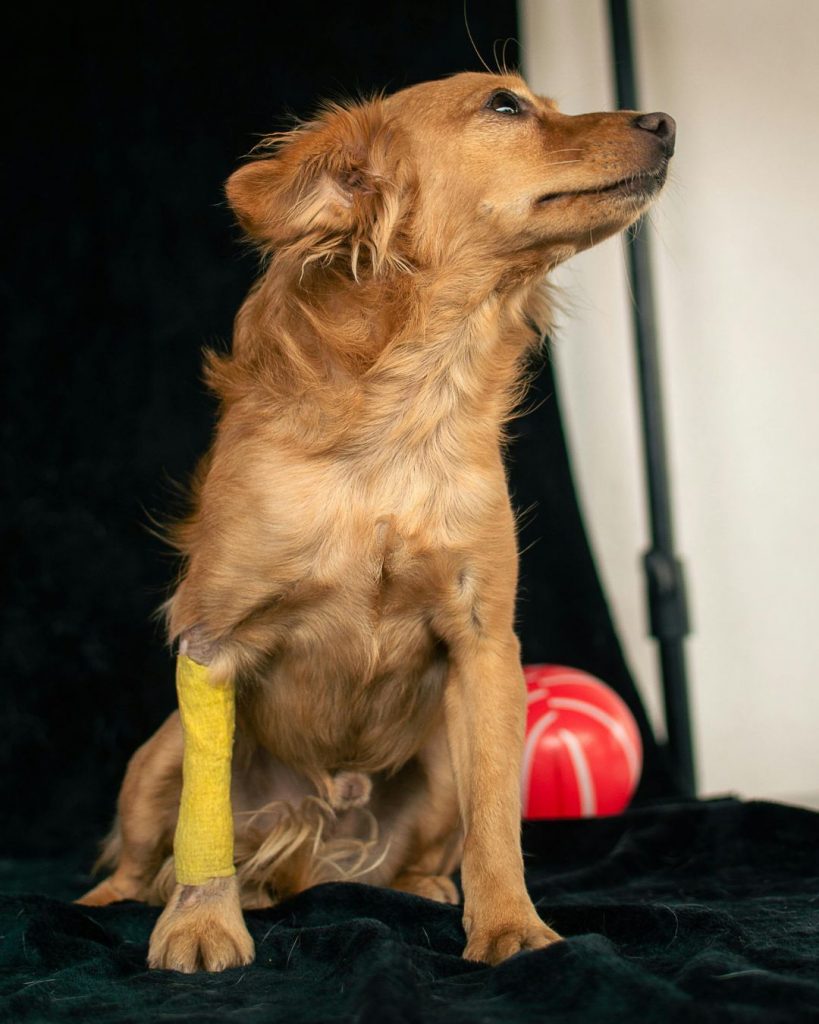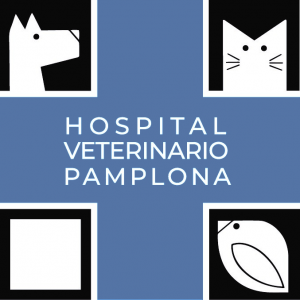The work of our specialists extends far beyond the field of traumatic injuries; it also includes the study of natural or acquired injuries in their preventive, therapeutic, rehabilitative and research aspects that affect the movement of animals.
The most common pathologies are:
• Bone fractures.
• Osteoarthritis.
• Arthritis.
• Hip dysplasia.
• Sprains.
• Dislocations.
• Tendonitis.
• Fibrillar breaks.
Conservative treatments are based on:
• Bloodless reductions.
• Soft bandages (compression, tapings, Velpeau, Gillchrist, Robert-Jones).
• Splinting.
• Soft or skeletal tractions.
The most common traumatological surgeries for dogs and cats are for treating fractures. This is because their most typical injuries are caused by being run over or falling from heights. Also, a very frequent injury in dogs is the rupture of the cruciate ligament in the knee.
Depending on the type of injury and the bone or joint that is affected: shoulder, elbow, hip, knee, etc., we apply different techniques to solve the problem. Using plates, screws, fixators, needles or minimally invasive techniques such as arthroscopy.

Traumatology and orthopaedics covers diseases that affect the musculoskeletal system: bone fractures, joint, muscle, and tendon injuries (both acquired and congenital), and growth disorders.
At the Pamplona Veterinary Hospital, we offer specialised traumatology and orthopaedics consultations. When we are faced with a musculoskeletal problem (fracture, joint pain, etc.), we must follow the correct protocol to reach a diagnosis. This normally involves observing the animal’s gait before performing a detailed examination of the affected area. Sometimes, X-rays or other imaging tests are necessary to reach a final diagnosis.
This specialisation includes a large number of surgical procedures, some of which we perform at our centre:
Fracture repair
Ruptured anterior cruciate ligament
TPLO (Tibial Plateau Levelling Osteotomy)
Corrective osteotomies
Repair of articular ligaments

